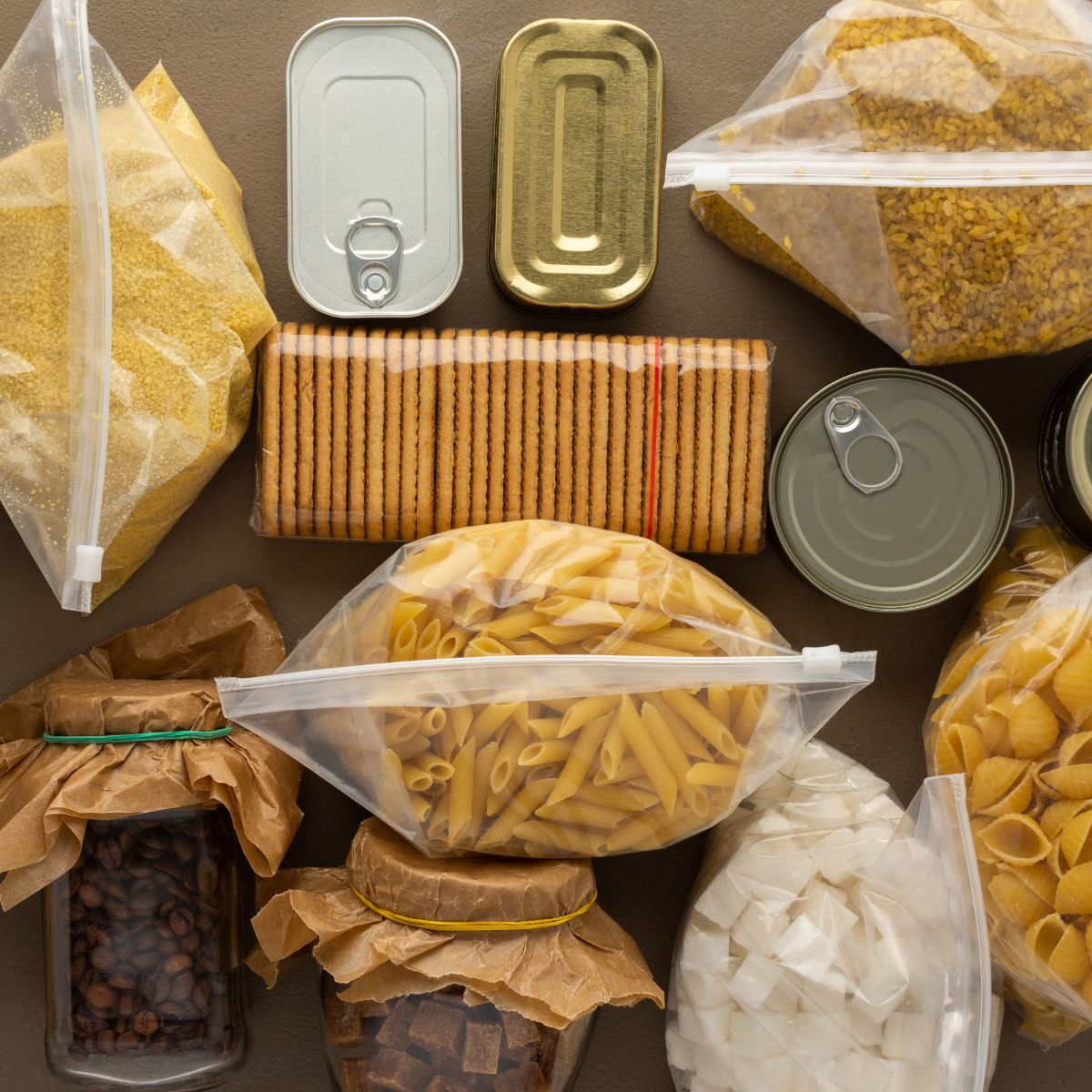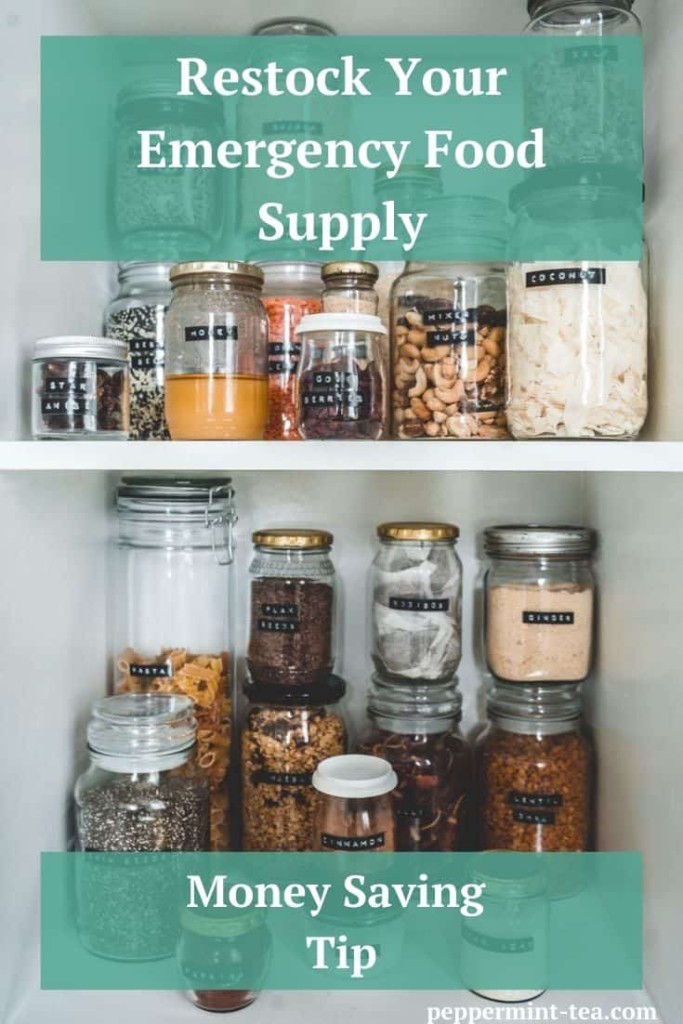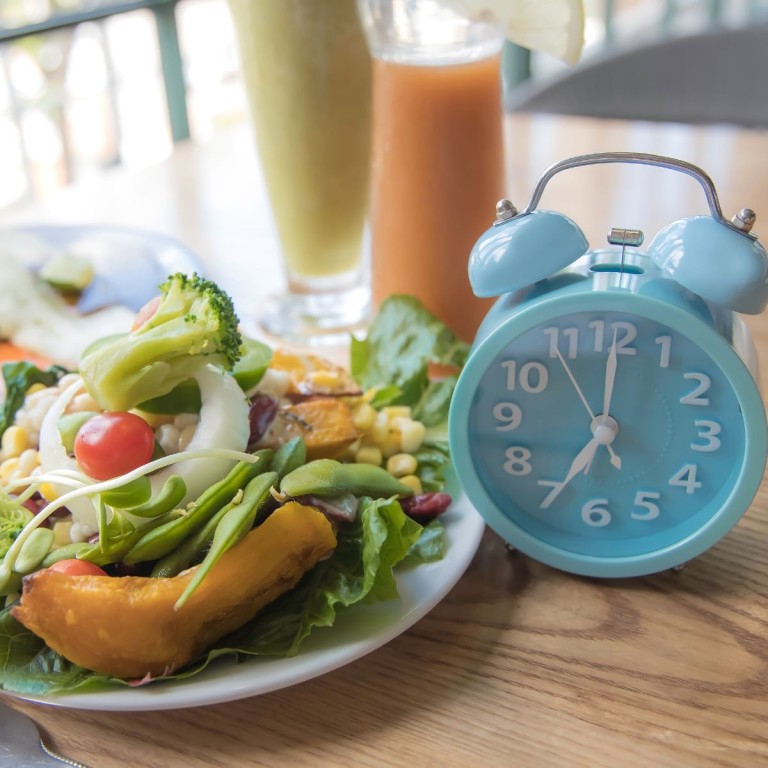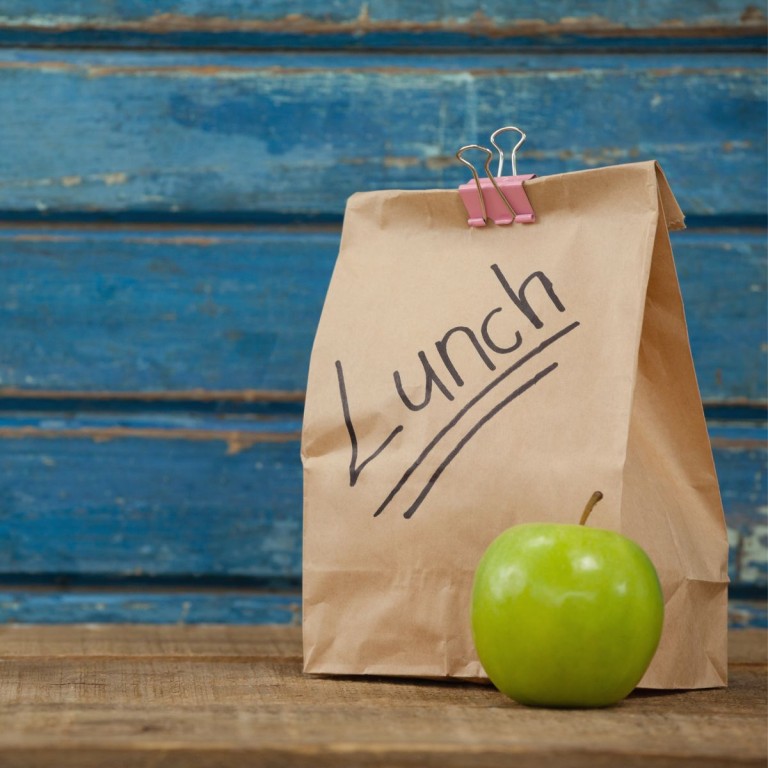Money Saving Tip: Restock Your Emergency Food Supply

Don’t wait until the last minute.
While there are many lessons to learn from our global pandemic, one of the most practical is that we need to restock and maintain our emergency food supply. This is not hoarding, and it’s not stockpiling. This is simply being smart. Clearly, as we’ve all learned, once we’re in the middle of an emergency or someone high up says that one is imminent, it’s often too late to count on getting what we need, let alone finding healthy options at the best possible price. At that point, it’s just grab what you can even if it’s a brand that costs triple what you usually pay.
While none of us want to be caught in that situation again, it’s easy to let our guard down when the supply chain seems as if it has caught up or the emergency is over. That’s why it’s important to remember how the benefits of restocking our emergency food supply far outweigh any negative aspects to keeping extra food around the house.

Benefits of Restocking Your Emergency Food Supply
The benefits of restocking your emergency food supply before an emergency are many. Here are just a few of them.
- An emergency can happen at any time. While the pandemic is our most recent painful reminder, it can be weather-related or any other type of natural or man-made disaster.
- These situations are stressful enough without adding the possibility of being without the food we need to the mix. (Just always remember the sight of the empty shelves for rice, flour, toilet paper and other staples. I don’t know about you, but the mental toll that took on me is not something that I want to repeat if I can at all avoid it.)
- Doing it ahead of time means that you can stock up on affordable options and take advantage of sales. While stores and suppliers aren’t supposed to price gouge during these times, if there’s a shortage, prices are going to go up or at least not be as affordable as they are at other times. It also gives you options to compare as opposed to having to take whatever brand is available, even if it’s the most expensive.
- Items are going to be more accessible during normal times than during an emergency.
- You don’t have to rush out when it’s unsafe to do so, and you don’t have to stand in long lines waiting to get in to stores or to check out.
Items to Include in Emergency Food Supply
The rule of thumb to keep in mind is that you should have two weeks of food on hand for your emergency food supply. While everyone’s needs and wants are different. Here’s a list of the basic items that I believe most of us have found that we need or would want to have to get us by.
Pantry staples
- Yeast
- Brown rice any other staple grains that you use
- Flour (keeps for 6-8 months in pantry and up to 1 year refrigerated1)
- Bread flour
- Powdered buttermilk
- Vital wheat gluten (can make bread flour out of it)
- If need gluten-free, make sure that you have all of the flour alternatives that you need
- Dry legumes (less expensive)
- Non-dairy milk alternatives (Non-refrigerated cartons of soy milk, hemp milk, flax milk, rice milk or Cashew milk)
- Sugar or sweetener alternatives
- Soups and broths
- Flour and/or corn tortillas
- Taco shells
- Seasoning packets (or better yet and much less expensive, the spices on hand to make these yourself)
- Pasta
- Oats
- Comfort foods (anything such as chocolate chips needed for baking favorite treats)
- Healthy snacks (Unpopped popcorn is the best for storing for long periods of time)
- Cocoa
- Peanut butter or nut butter alternatives
- Juice (Including lemon and lime juice)
- Jelly
- Tea
- Coffee
- Olive oil or other cooking oil
- Maple syrup
- Honey
- Condiments (Ketchup, mustard, mayonnaise, Barbecue sauce, etc.)
- Canned coconut milk (Trust me. If you don’t use this already, you may find it very useful in an emergency.)
- Anything needed for a special diet
Canned Goods
- Vegetables
- Soups
- Meats such as wild-caught tuna or salmon
- Fruits or jars of fruit
- Pizza or marinara sauce
Refrigerated
These items are good because they will keep for a while. If they’re getting close to going bad, go ahead and use them and then restock with more.
- Non-dairy milk alternatives such as almond milk
- Shredded cheese (mozzarella if making pizza is a thing)
- Eggs (these stay good in the refrigerator for 3-5 weeks1)
- Butter or butter substitute
Frozen
- Meat
- Frozen vegetables
- Bread to have in freezer
- Frozen fruit
- Anything needed for a special diet (For example, gluten-free bread to keep in the freezer.)
- Frozen homemade soups
Miscellaneous
Some of these aren’t food items, but while you’re re-stocking your supply, you know you’re going to need them.
- Toilet paper
- Clorox wipes
- Hand sanitizer
- Hand soap
- Cleaning supplies
- Food for infants
- Bottled water (gallons and individual bottles)
- Food storage (plastic or re-usable baggies, plastic wrap, foil)
- Paper towels
- Dishwashing detergent
- Dishwashing liquid
- Masks
- Latex gloves
- Pain reliever
Cooking supplies in case of power outage
- Propane camp stove or gas grill (outdoor use only)
- Extra tanks of propane for gas grill
Helpful Resources
While the focus here is on being prepared for an emergency, be sure and check out my post on Buying Food During a Crisis. The suggestions there may just change the way you think about buying food on a regular basis. To make this process even easier, you can also access my free Food Inventory and Shopping List template here or through the box at the side of your screen.
In addition, the U.S. Department of Homeland Security has more suggestions for emergency preparedness at ready.gov/food and the FoodKeeper App lets you see how long specific foods will last and the best ways to store them.
Sources
- FoodKeeper App by Foodsafety.gov. https://www.foodsafety.gov/keep-food-safe/foodkeeper-app






